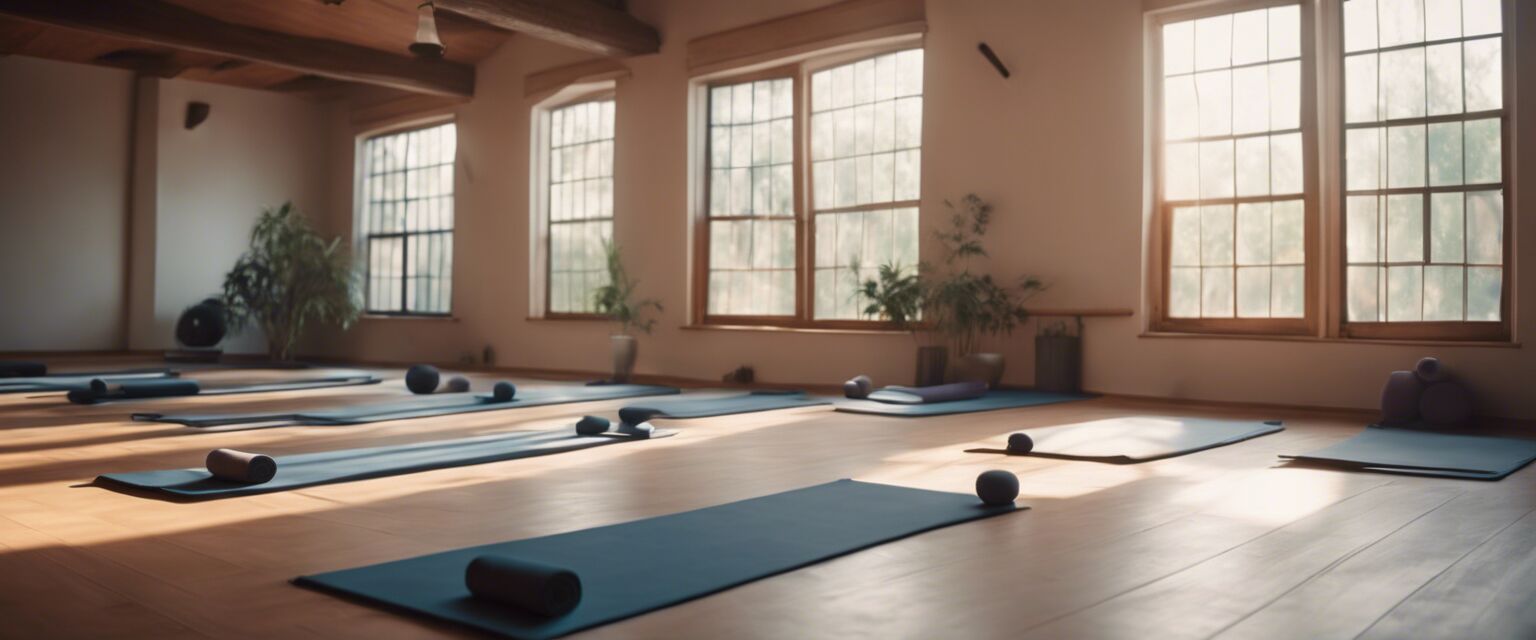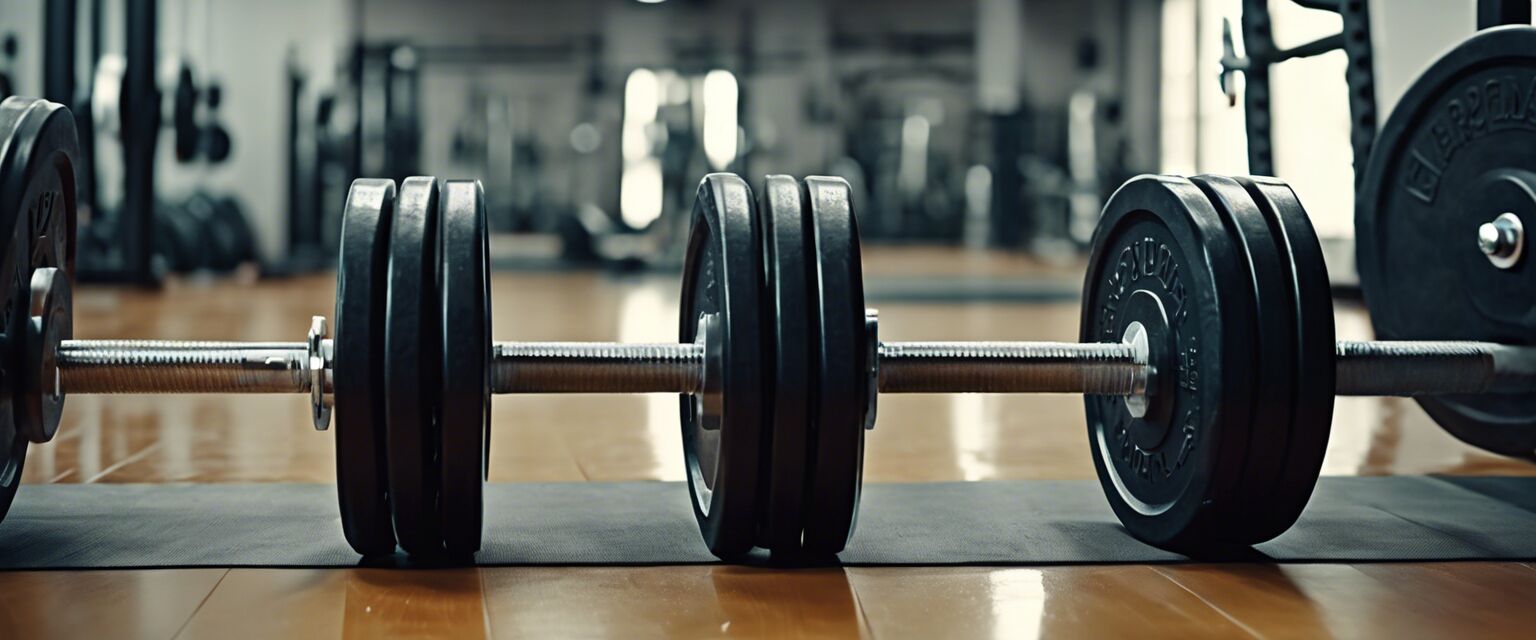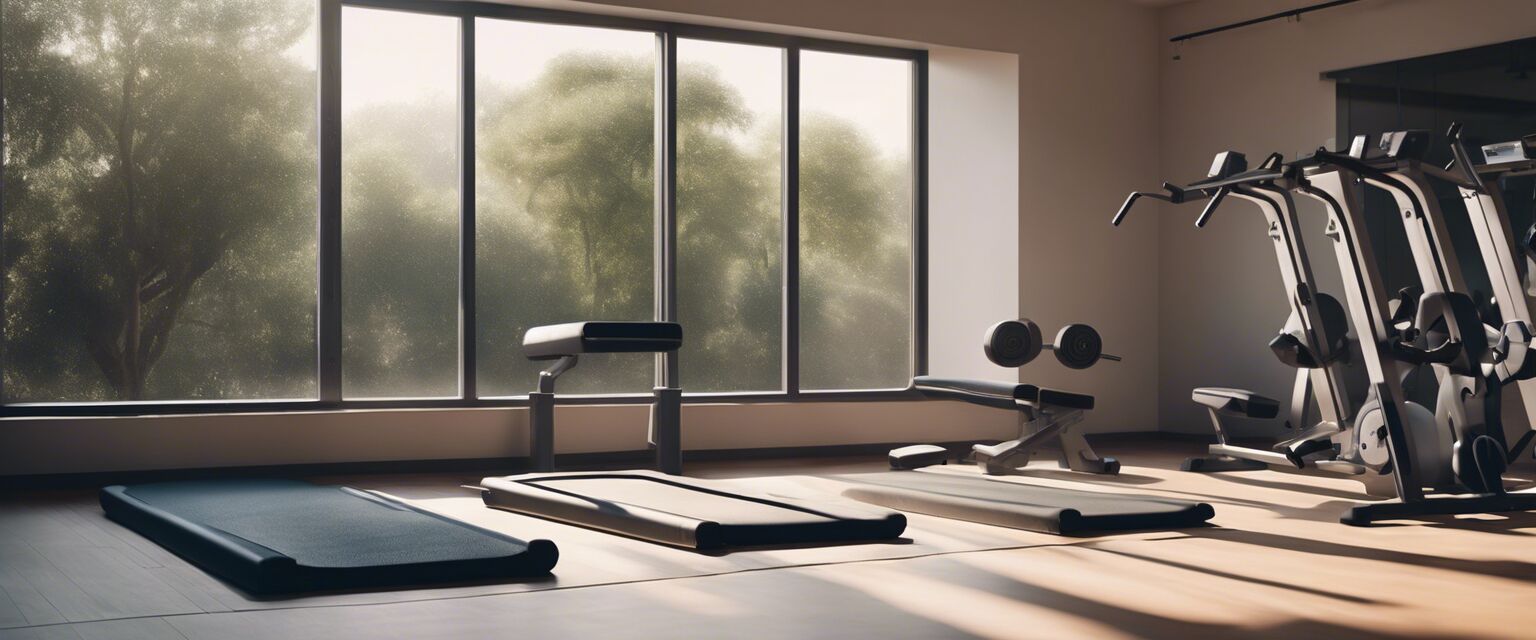
Yoga and Flexibility
Yoga is not just an exercise; itâs a lifestyle that promotes flexibility, strength, and balance. This pillar page will explore various techniques and routines to enhance your flexibility through yoga practices.
Key Takeaways
- Regular yoga practice can significantly improve flexibility.
- Different yoga styles focus on different aspects of flexibility.
- Incorporating props can enhance your yoga experience.
- Consistency is key to achieving long-lasting results.
Understanding flexibility in yoga
Flexibility is the ability of your muscles and joints to move through their full range of motion. In yoga, flexibility is crucial as it allows practitioners to perform poses correctly and safely. Itâs important to understand that flexibility varies from person to person, influenced by factors such as age, genetics, and activity levels.
Benefits of improved flexibility
Enhancing flexibility through yoga can yield several benefits:
- Improved posture and alignment.
- Reduced risk of injury.
- Enhanced athletic performance.
- Increased blood flow and circulation.
Top yoga techniques for flexibility
Here are some popular yoga techniques that can help improve your flexibility:
| Yoga Technique | Description | Recommended For |
|---|---|---|
| Hatha Yoga | A gentle introduction to basic yoga postures. | Beginners needing to develop flexibility. |
| Vinyasa Yoga | A dynamic flow of postures linked with breath. | Those looking for a more active practice. |
| Ashtanga Yoga | A rigorous style of yoga that follows a specific sequence of postures. | Intermediate practitioners wanting to deepen flexibility. |
| Yin Yoga | A slow-paced style where poses are held for longer periods. | Anyone wanting to increase deep tissue flexibility. |
Yoga poses to enhance flexibility
Incorporating specific yoga poses into your routine can lead to improved flexibility. Here are some effective poses:
- Downward Facing Dog: Stretches the hamstrings and calves.
- Cat-Cow Stretch: Increases spinal flexibility.
- Seated Forward Bend: Aids in stretching the back and legs.
- Pigeon Pose: Opens the hips and stretches the thighs.
- Bridge Pose: Strengthens the back while stretching the chest and spine.

Incorporating props for better flexibility
Using props can help modify poses and improve your flexibility. Hereâs how to use different props:
| Prop | Usage |
|---|---|
| Yoga Blocks | Provide support in difficult poses, allowing you to maintain proper alignment. |
| Straps | Help hold poses longer and improve reach in stretches. |
| Bolsters | Offer cushioning and support, especially in restorative poses. |
| Blankets | Provide cushioning for sensitive areas and warmth in restorative sessions. |
Creating a yoga routine for flexibility
To effectively improve flexibility, consider creating a consistent yoga routine. Hereâs a simple template you can follow:
- Warm-Up (5-10 minutes): Start with gentle stretches or breathing exercises.
- Core Poses (15-20 minutes): Incorporate a mix of standing and seated poses.
- Cool Down (5-10 minutes): End with restorative poses like Childâs Pose or Supta Baddha Konasana.

Tips for beginners
Yoga tips for beginners
- Listen to your body and donât push beyond your limits.
- Focus on your breath; itâs your guide in yoga.
- Practice regularly to see gradual improvements.
- Consider joining a class for guidance from an instructor.
- Stay patient; flexibility takes time to develop.
Conclusion
Improving flexibility through yoga is a rewarding journey that enhances both physical and mental well-being. By understanding different techniques, poses, and incorporating props, you can create a personalized practice that suits your needs. Remember to maintain consistency and patience, and youâll see progress over time.
Pros
- Enhances overall flexibility.
- Improves strength and balance.
- Promotes relaxation and stress relief.
- Increases body awareness.
Cons
- Progress can be slow for some individuals.
- Requires consistency and dedication.
- Can be challenging for beginners in certain poses.
- May cause discomfort if not done properly.
Further Reading
For more information on yoga and fitness, check out these related articles:








